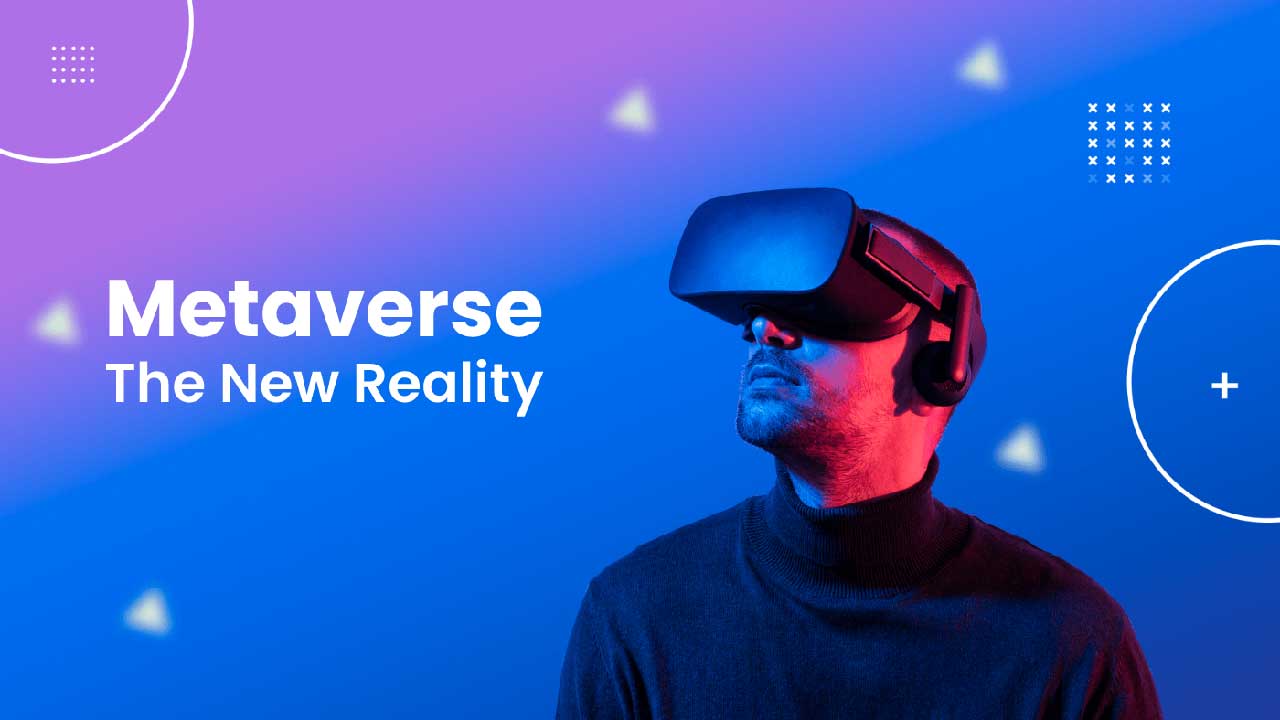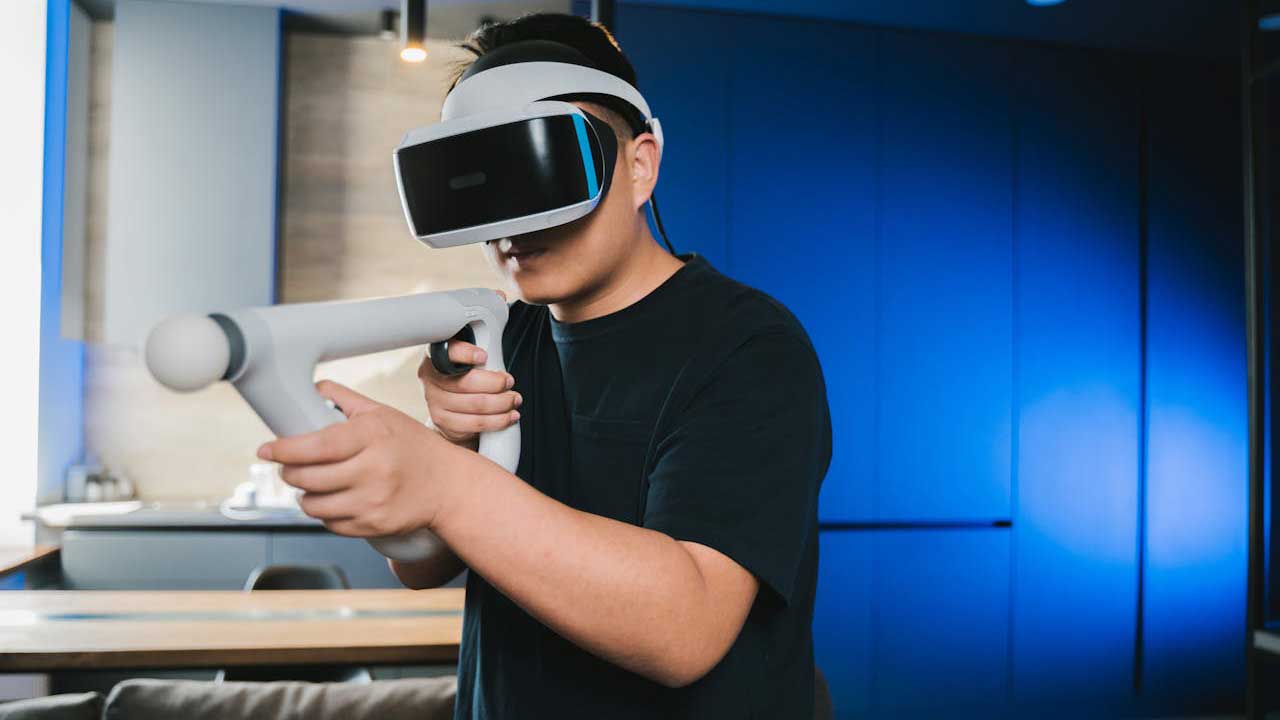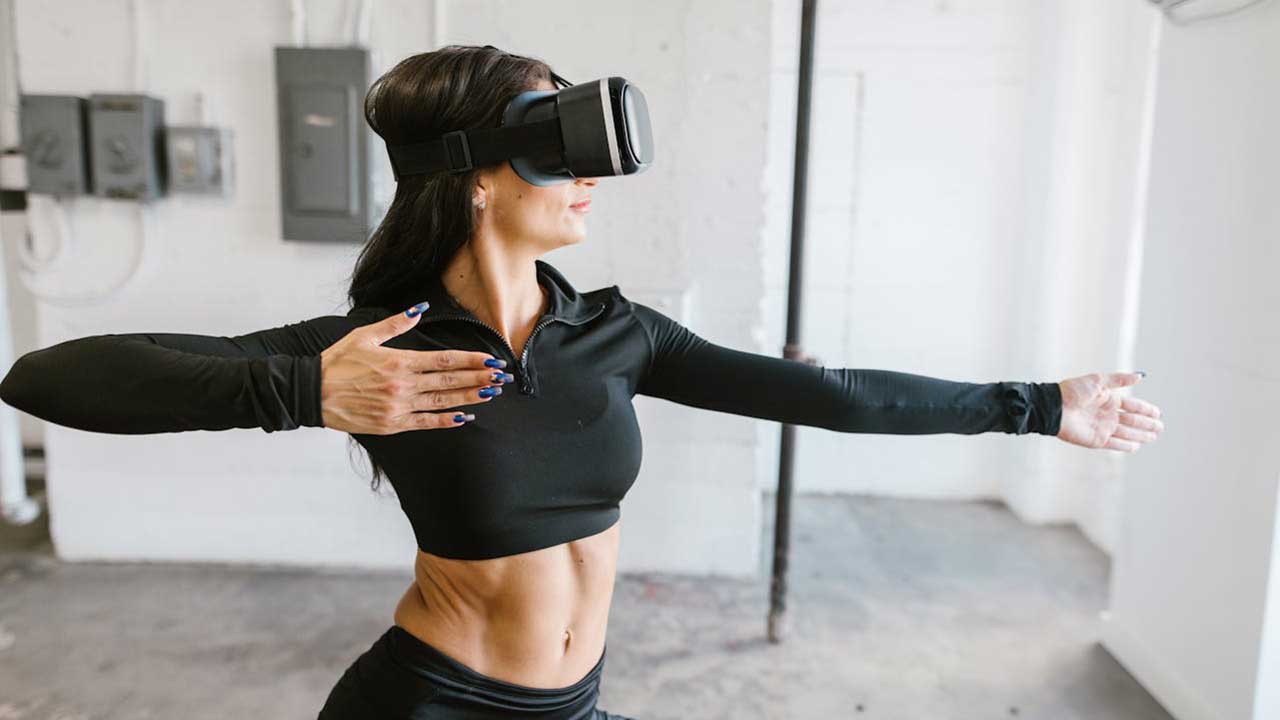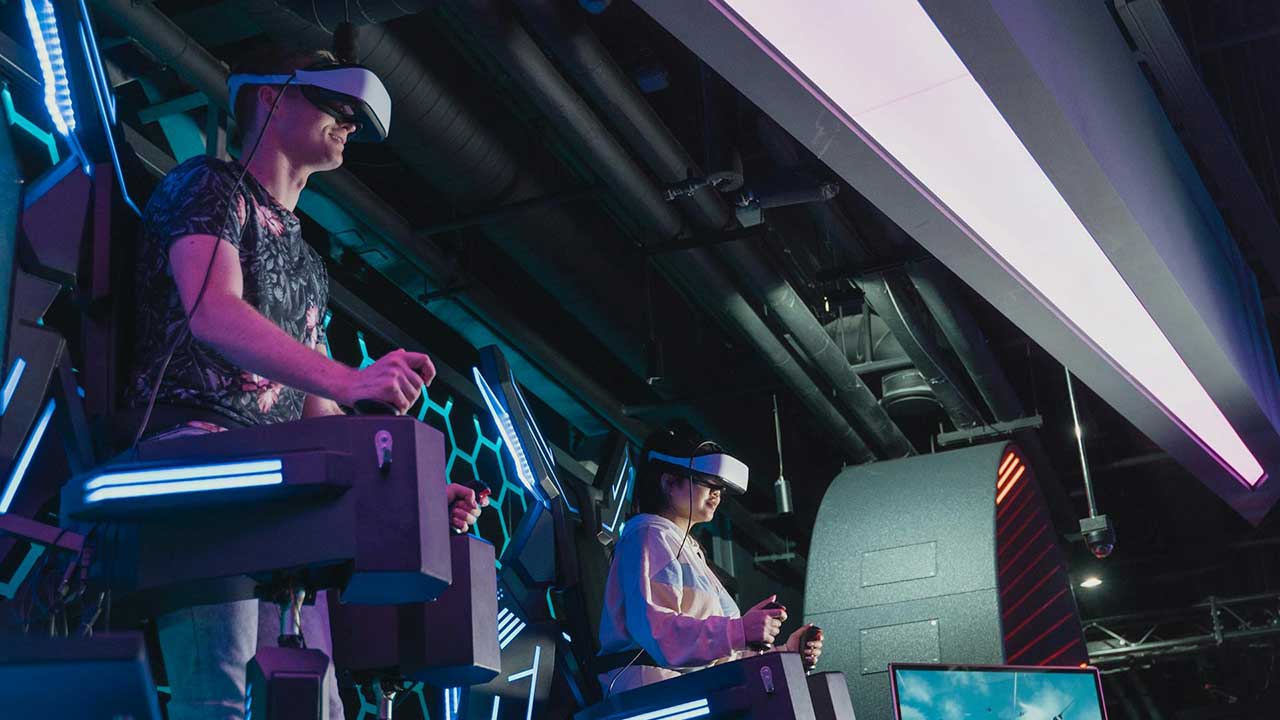When Apple unveiled its Vision Pro headset, it was hailed as a groundbreaking entry into the realm of spatial computing. Priced at $3,499, the device promised to revolutionize how users interact with digital content. However, despite its technological prowess, the Vision Pro has encountered skepticism from both consumers and industry experts.
High Price Point Limits Accessibility

One of the primary concerns surrounding the Vision Pro is its steep price tag. At $3,499, the headset is significantly more expensive than competitors like Meta’s Quest 3, which is priced at $499. This substantial cost difference has made the Vision Pro less accessible to the average consumer, limiting its market penetration. As noted by The Verge, even Apple’s design and marketing prowess hasn’t been enough to convince many people to adopt the headset for daily use.
Limited Content and Use Cases
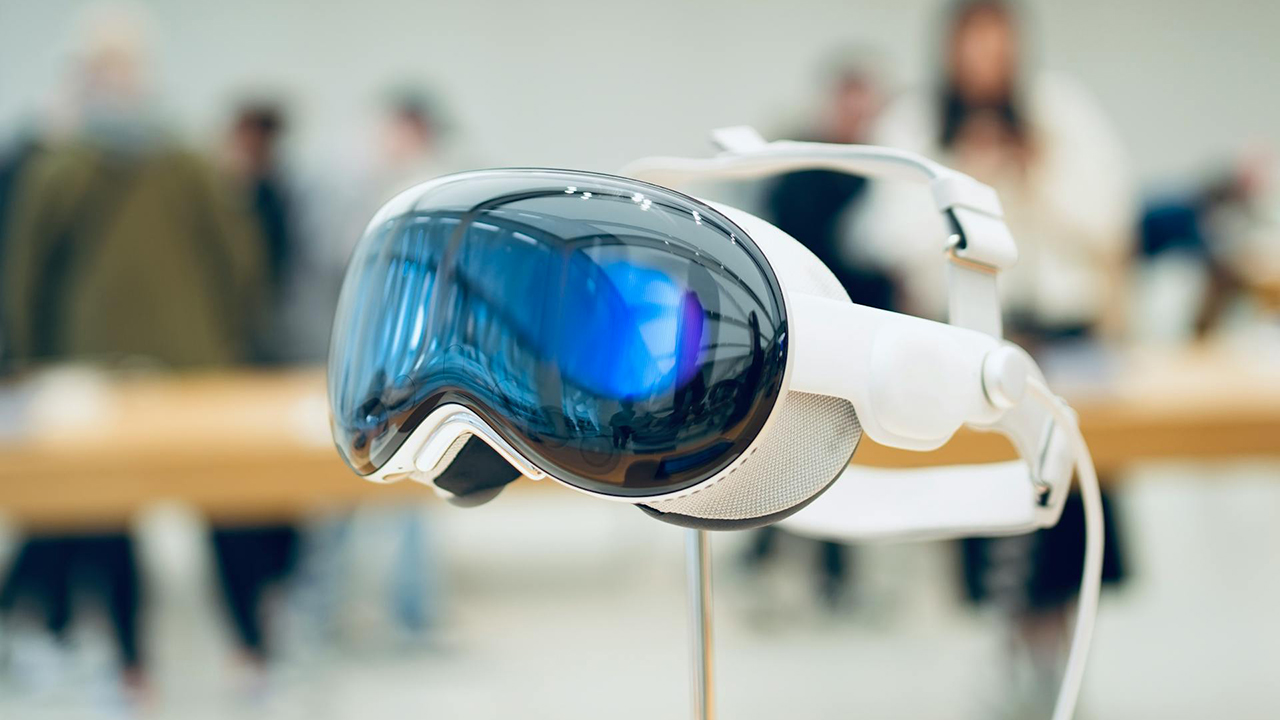
Beyond the price, the Vision Pro faces challenges in terms of content availability. While Apple has introduced over 600 apps tailored for the headset, many users find the offerings lacking in compelling use cases that justify the investment. The device excels in providing immersive video experiences, but its applications in gaming and productivity remain limited. This shortfall has led to a perception that the Vision Pro is more of a luxury gadget than a transformative tool.
Apple’s Reluctance to Embrace the ‘Metaverse’ Label
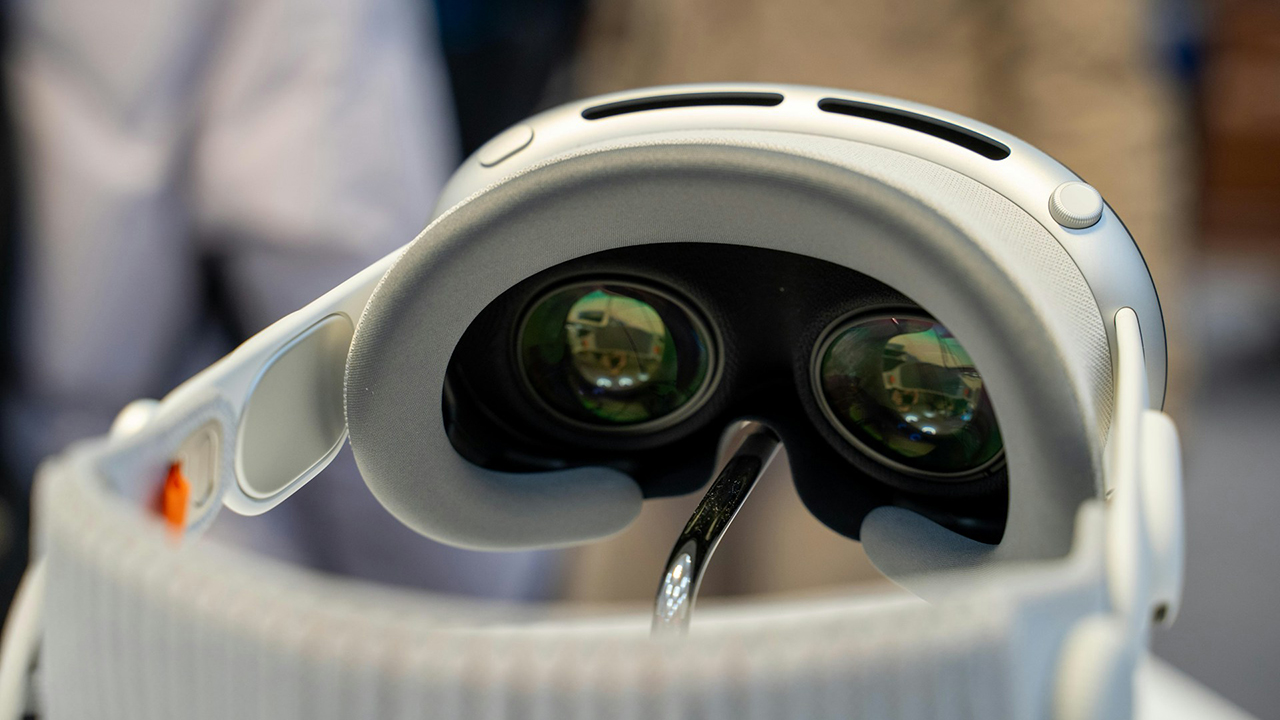
Interestingly, Apple has distanced itself from the term “metaverse,” opting instead to describe the Vision Pro as a “spatial computing” device. This strategic branding choice reflects a cautious approach, possibly influenced by the mixed reception of metaverse initiatives from other tech giants. As highlighted by Politico, Apple leaves the “metaverse” branding to Meta, focusing on delivering high-end hardware experiences.
Internal Skepticism and Strategic Challenges
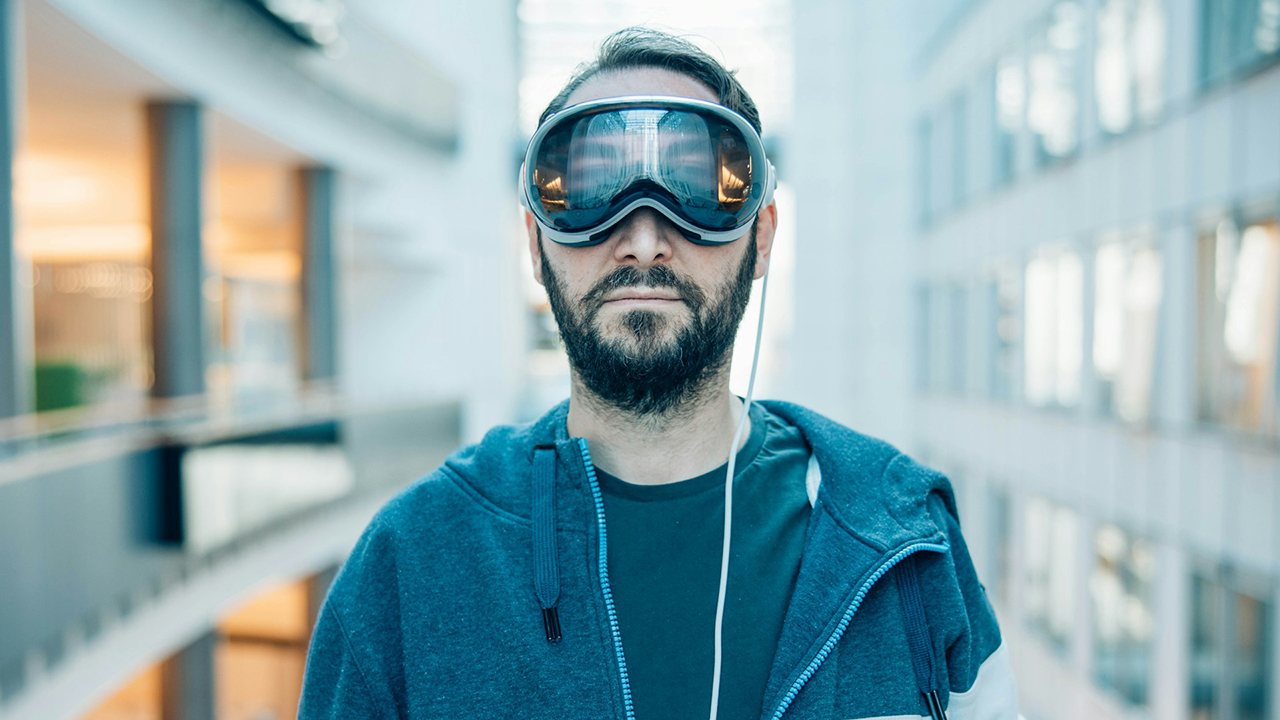
Reports have surfaced indicating internal skepticism within Apple regarding the Vision Pro’s direction. Some executives have expressed concerns about the device’s design and market appeal. Additionally, the headset’s reliance on external battery packs and its relatively bulky form factor have been points of contention. These internal debates suggest that Apple is still navigating the best path forward in the AR/VR space.
Looking Ahead
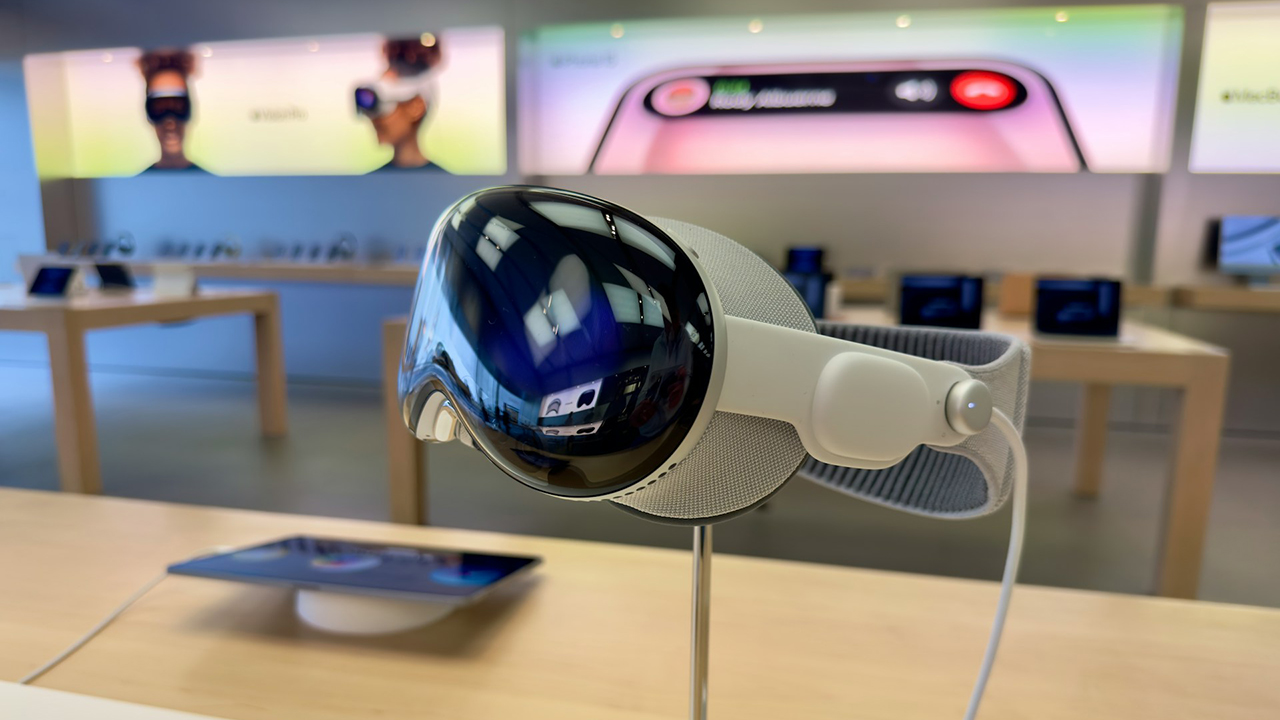
While the Vision Pro represents a significant technological achievement, its future success hinges on several factors. Apple may need to consider developing a more affordable version of the headset to broaden its appeal. Furthermore, expanding the range of compelling applications and content will be crucial in demonstrating the device’s value proposition. As the AR/VR market continues to evolve, Apple’s ability to adapt and address these challenges will determine the Vision Pro’s place in the broader tech landscape.
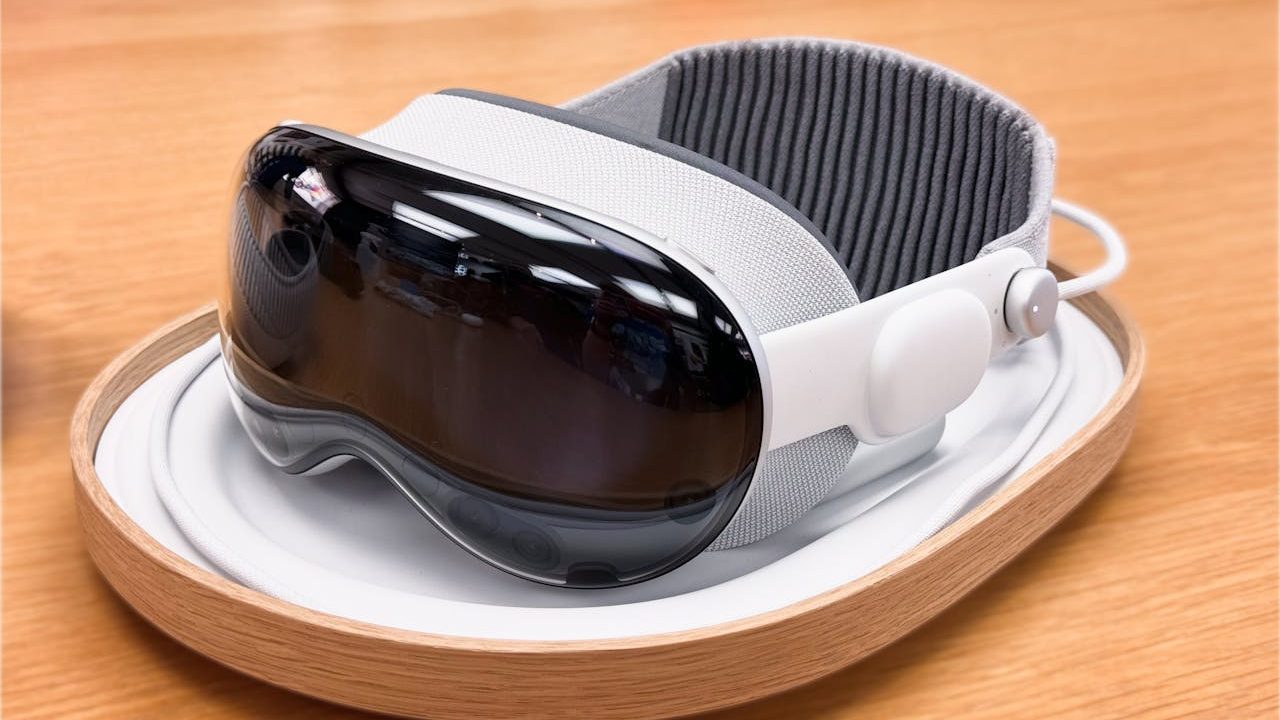

 By
By


